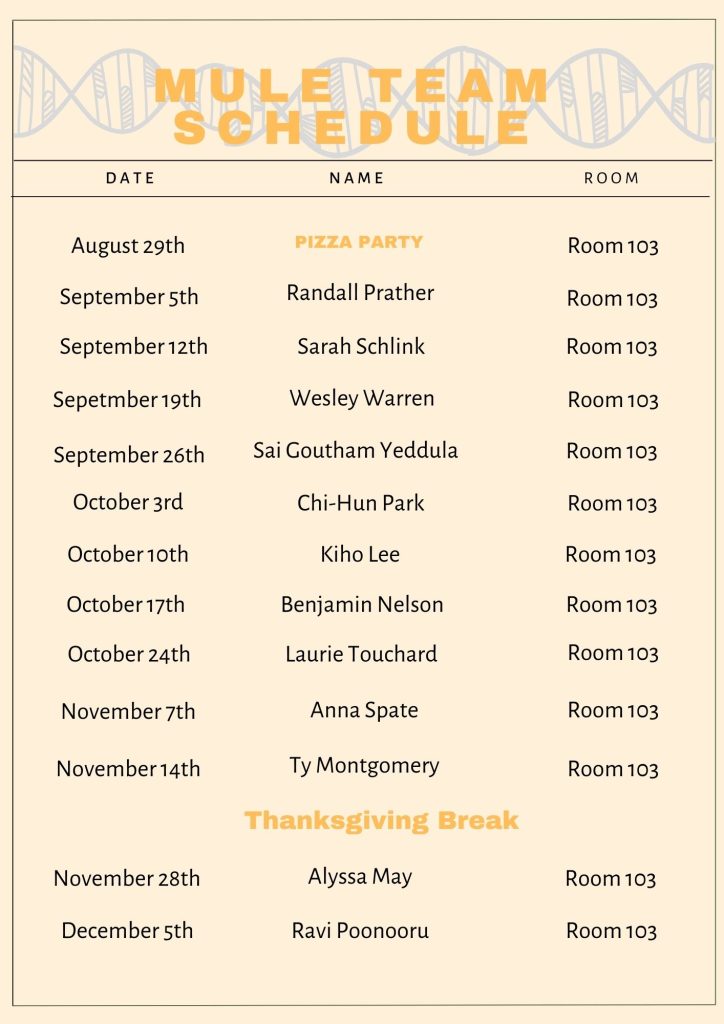The program began in 1989 when Randall Prather was hired by the F21C Reproductive Physiology Cluster (F21C-RBC). He and Dr. Billy Day established many of the enabling technologies for pig embryo manipulation. With the addition of Jonathon Green (F21C-RPC), the effort was expanded to characterize gene expression in early embryos and reproductive tissues.
In 2001, a formal group was established with the formation of the National Swine Resource and Research Center. This group was focused on genetic engineering for biomedicine and included John Critser, another F21C-RPC hire. In 2007, Kevin Wells was hired from F21C-RPC funds. Currently, Prather and Wells Co-Direct the National Swine Resource and Research Center.
The MU Livestock Engineering team has expanded to include agricultural applications. Recently, Rod Geisert has further expanded the efforts to engineer pig embryos for basic biological questions and Tom Spencer and Sofia Ortega have expanded the applications to include ruminants.
In 2019, the MULE Team was named as a Program of Distinction by the College of Agriculture, Food and Natural Resources (CAFNR) at the University of Missouri.
Critical components of the MULE team include the National Swine Resource and Research Center (NSRRC) and the staff. NSRRC is a resource for investigators, providing them with biomedical models in order to study disease and health. The MULE Team has been awarded $140 million in grants, including $33 million to continue operating NSRRC.


